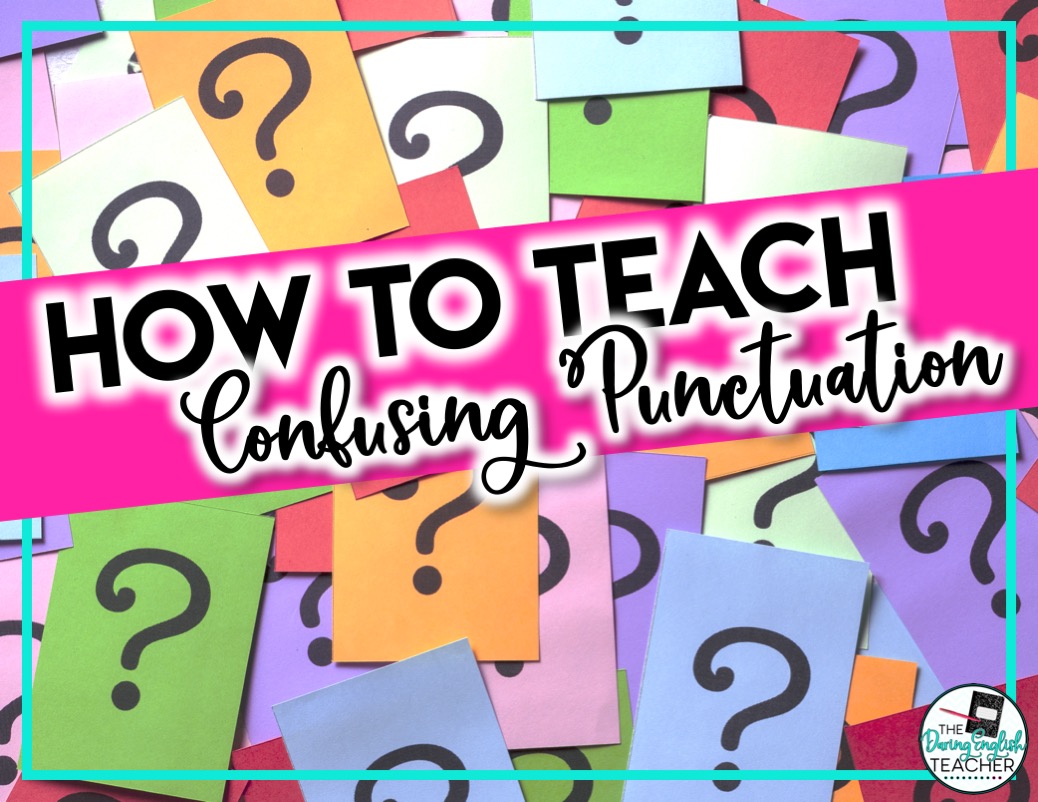After reading thousands of essays, quick writes, and classroom assignments throughout my teaching career, I’ve noticed a trend in student writing: students have a difficult time with proper punctuation their papers. This is especially true for punctuation that goes beyond end marks and commas. Here are the most commonly misused forms of punctuation I have found while reading student papers along with suggestions for how to best use them.
Colons :
Colons can do so much more than separate hours from minutes. They bring emphasis to a word or phrase while cutting down on clutter. As an example I could write:
There was only one thing that could make Mary happy today: a tub of Ben and Jerry’s slathered with chocolate syrup.
The colon makes the reader take notice of what comes next and even helps keep down my word count by taking place of the word “namely” or similar transitional phrases. But it can still do more: it can separate a title from a subtitle, it can provide emphasis for a word or phrase; it can present a quotation, but most commonly, it is used to introduce lists, as I have just done.
Dashes –
The dash is much like a colon in that it brings emphasis to what follows. Most grammarians state that the dash’s power to provide emphasis is one step above a comma while still a step below a colon. Dashes are best used for embedding a thought in the middle of a sentence:
Mary’s children – all ten of them – struggled to find a place to sit in the back of the cramped minivan.
Or for providing a conclusion to a sentence:
Mary took a deep breath, opened her eyes, and stared down at the pregnancy test – positive.
Semicolons ;
The semicolon, best known for its role in the winky emoticon, 😉 , is probably the most misused form of punctuation by students, and honestly, I can’t blame them. The semicolon is tricky because it is literally both a period and a comma at the same time, making a casual writer question if it is supposed to serve as a short breath between thoughts or a complete stop.
From my own writing experience, I like to think of the semicolon as a stronger version of the comma. I use the semicolon to link two independent clauses, thoughts that can stand as their own sentences, to show a close relationship between the two ideas. For example:
Some people think that the semicolon is esoteric and pretentious; I think it is versatile.
Semicolons are also useful for avoiding confusion in lists that use a lot of commas:
Most people today think the semicolon is either outdated, confusing, or useless; most English teachers still see its value.
For aesthetic reasons, the semicolon can also be used for preventing the overuse of commas in a paragraph or sentence. Have your students play around with this piece of punctuation to see how it can help spice up their writing.




